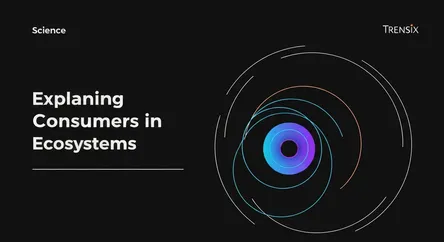Science
Explaining Consumers in Ecosystems

Discover the vital role of consumers, or heterotrophs, in ecosystems. Learn how they obtain energy and maintain balance within the food chain.
What is it?
In biology, a consumer is an organism that gets its energy by feeding on other organisms. Unlike producers (like plants) that create their own food through photosynthesis, consumers are heterotrophs, meaning they must ingest biomass to survive. Consumers are categorized by what they eat: herbivores consume plants, carnivores eat other animals, and omnivores eat both. A special group, decomposers, breaks down dead organic material, recycling nutrients back into the ecosystem. Every animal, including humans, is a consumer, occupying a specific level in the food web.
Why is it trending?
The concept of the consumer is fundamental to ecology and is gaining attention due to growing public interest in biodiversity, conservation, and climate change. Discussions about endangered species often revolve around disruptions in the food chain, highlighting the delicate balance between predator (consumer) and prey populations. As we learn more about the intricate connections within ecosystems, understanding the specific roles of different consumers becomes critical for developing effective conservation strategies and protecting environmental health.
How does it affect people?
Humans are apex consumers, and our actions have a profound impact on global ecosystems. Our dietary choices and consumption patterns drive agriculture, fishing, and land use, which can alter habitats and lead to species decline. Understanding our position in the food web is crucial for sustainability. It helps us recognize how overfishing can collapse a marine ecosystem or how removing a key predator can lead to an overpopulation of herbivores, devastating plant life. Recognizing our role as powerful consumers is the first step toward making more responsible and sustainable choices for the planet.